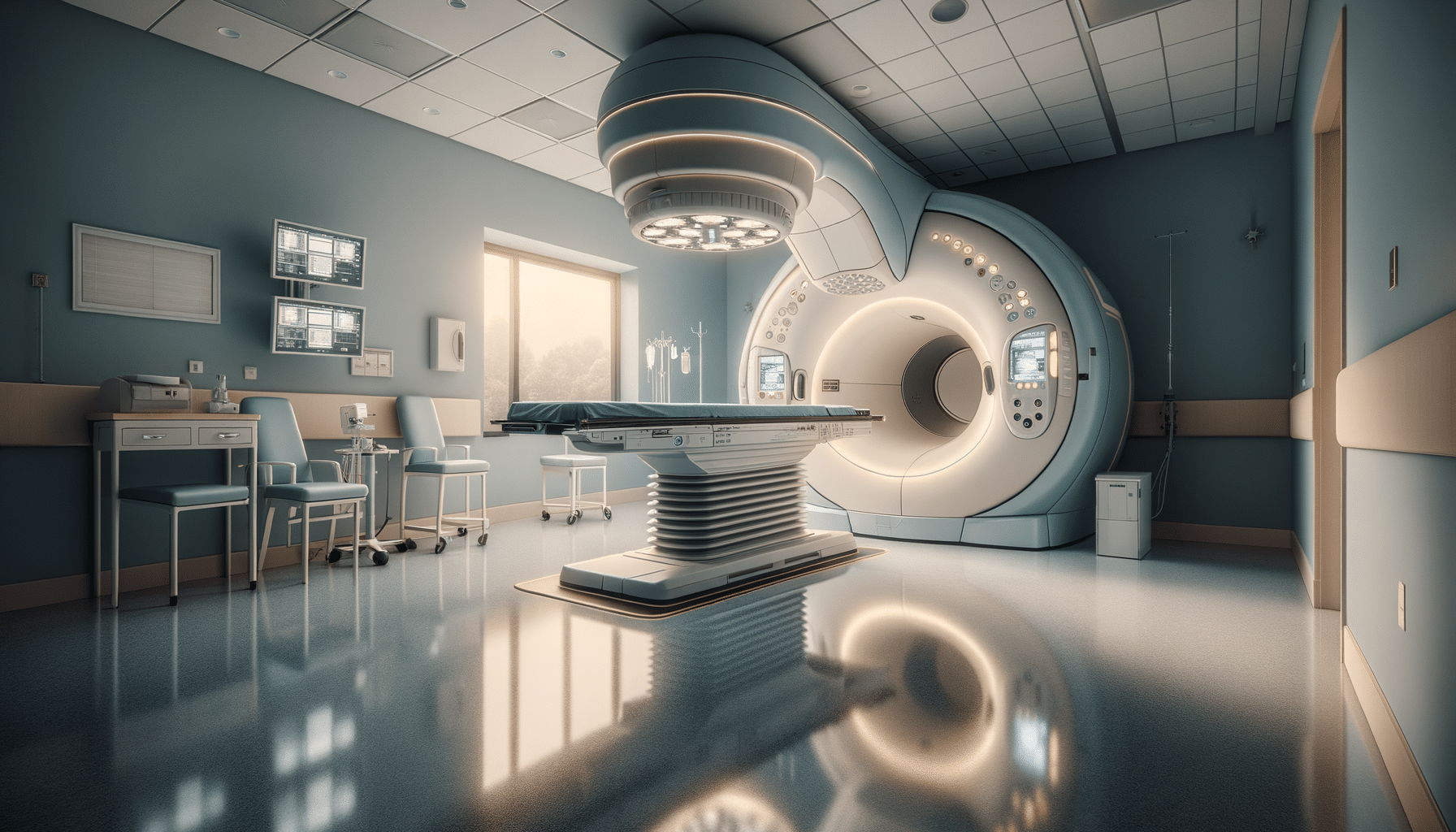
Radiation Therapy Explained: What to Expect During Treatment and Practical Lifestyle Tips
Understanding Radiation Therapy
Radiation therapy is a cornerstone in the treatment of various cancers, utilizing high-energy particles or waves, such as X-rays, gamma rays, electron beams, or protons, to destroy or damage cancer cells. This treatment is pivotal because it can target cancerous cells with precision, minimizing damage to surrounding healthy tissue. For many patients, radiation therapy is a key component of their cancer treatment plan, either used alone or in combination with other treatments like chemotherapy or surgery. The goal is to eradicate cancer cells, reduce tumor size, or alleviate symptoms associated with cancer.
There are two primary types of radiation therapy: external beam radiation and internal radiation, also known as brachytherapy. External beam radiation directs radiation at the cancer from outside the body, while brachytherapy involves placing a radioactive source inside or near the tumor. The choice between these methods depends on the type, location, and stage of the cancer, as well as the patient’s overall health and treatment goals. Each type has its own set of protocols and procedures, offering flexibility and precision in treatment.
Radiation therapy is renowned for its effectiveness in treating localized cancers, particularly those of the breast, prostate, and brain. It is also beneficial in palliative care, where it can help reduce pain and improve quality of life for patients with advanced cancer. As medical technology advances, the precision and effectiveness of radiation therapy continue to improve, offering patients a powerful tool in the fight against cancer.
What to Expect During Radiation Therapy Sessions
For those undergoing radiation therapy, understanding what to expect can help alleviate anxiety and prepare them for the journey ahead. Typically, the process begins with a planning session, or simulation, where the healthcare team maps out the precise area to be treated. This involves imaging tests such as CT or MRI scans to ensure the radiation targets the cancer effectively.
Once treatment begins, sessions are usually scheduled five days a week for several weeks, depending on the specific treatment plan. Each session is quick, often lasting only 10 to 30 minutes. Patients lie on a treatment table, and the machine, which remains outside the body, delivers radiation to the targeted area. The process is painless, although some patients report feeling a slight warmth or tingling sensation in the treated area.
During the treatment period, patients can expect regular check-ins with their healthcare team to monitor progress and manage any side effects. It’s crucial to maintain open communication with medical professionals to address concerns and adjust treatment as needed. Understanding the routine of these sessions and maintaining a positive outlook can significantly impact the overall treatment experience.
Potential Side Effects and Management Strategies
Like any medical treatment, radiation therapy can have side effects, which vary depending on the treatment area and individual patient factors. Common side effects include skin irritation, fatigue, and localized discomfort. For instance, radiation to the head and neck area may cause issues such as dry mouth, difficulty swallowing, or hair loss in the treated area.
Managing these side effects is crucial to maintaining quality of life during treatment. Patients are encouraged to follow their healthcare provider’s advice on skin care, such as using gentle, fragrance-free products and avoiding sun exposure on the treated area. Fatigue can be managed by balancing rest with light physical activity, which can help boost energy levels.
Dietary adjustments may also be necessary to address changes in appetite or digestive issues. Consulting with a nutritionist can provide personalized recommendations to ensure adequate nutrition throughout the treatment process. Support from family, friends, and cancer support groups can also play a vital role in coping with the emotional and physical challenges of radiation therapy.
Practical Lifestyle Tips During Radiation Therapy
Maintaining a healthy lifestyle during radiation therapy can enhance treatment outcomes and improve overall well-being. Here are some practical tips to consider:
- Nutritional Support: Consuming a balanced diet rich in fruits, vegetables, lean proteins, and whole grains can support the body’s healing process. Staying hydrated is equally important.
- Regular Exercise: Engaging in moderate physical activity, as tolerated, can help reduce fatigue, improve mood, and maintain physical strength. Activities such as walking, yoga, or swimming are often recommended.
- Stress Management: Techniques such as meditation, deep breathing exercises, and mindfulness can help manage stress and anxiety associated with treatment.
- Sleep Hygiene: Establishing a regular sleep routine can enhance rest and recovery. Creating a calm sleeping environment and avoiding screens before bedtime are beneficial practices.
Incorporating these lifestyle modifications can empower patients to take an active role in their treatment and recovery journey. Consulting with healthcare providers before making significant lifestyle changes ensures that these adjustments align with the overall treatment plan.
Conclusion: Navigating the Journey with Confidence
Radiation therapy is a potent tool in the fight against cancer, offering hope and improved outcomes for countless patients. By understanding the treatment process, potential side effects, and lifestyle adjustments, patients can navigate their journey with confidence and resilience. Open communication with healthcare providers, coupled with support from loved ones, can make a significant difference in the treatment experience.
As medical advancements continue to enhance the precision and effectiveness of radiation therapy, patients have more reasons to remain optimistic about their treatment prospects. By staying informed and proactive, individuals can actively participate in their care, ultimately contributing to a more positive treatment experience and better quality of life.


